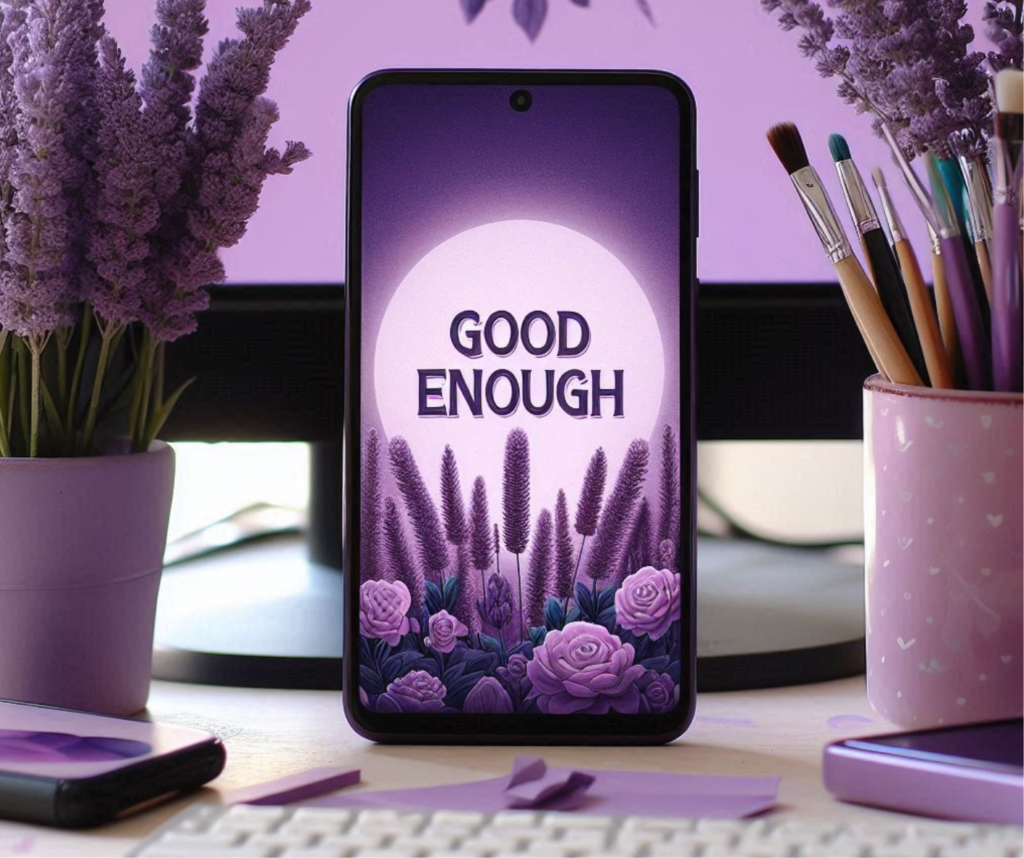
Beyond the Basics: Fresh Ways to Use Color in Branding
When we talk about color in branding, most people default to the old rules: blue equals trust, red equals passion, yellow equals optimism. But what if we approached color with a fresh perspective—one that goes beyond simple feelings and dives deeper into how color tells stories, guides experiences, and builds connections? Here are five new ways to think about color in your branding that are anything but ordinary.
1. Color as a Narrative, Not Just a Feeling
Let’s face it: customers love a good story. Instead of focusing on how colors make your audience feel, why not use them to tell a story? Picture your brand colors as the beginning, middle, and end of your customer’s journey. Start with darker, moodier shades that represent your customer’s initial problem, and then transition to lighter, more vibrant colors as you introduce your solution. This shift in color can reflect the transformation your brand promises, visually guiding your audience from challenge to success—right on your homepage.
Imagine a financial planning service that starts with deep greens (representing stability) and transitions to soft blues as the customer moves through stages of peace and resolution. It’s not just a color scheme—it’s a journey.
- Use color gradients in your marketing materials to symbolize the journey from problem to solution.
- Assign different colors to specific customer touchpoints: darker shades at the introduction and lighter hues as the customer engages further.
- Create a visual transformation on your website or app as the user navigates from one section to another, showcasing the evolution in color.
2. Pigment Psychology: Explore Less-Obvious Color Variations
We all know blue equals calm, right? But there’s a lot more depth to color than just the basic hues. Enter pigment psychology, where different shades and pigments within the same color family can evoke totally unique feelings. Not all reds are passionate, and not all blues are trustworthy. Take Phthalo Blue, a rich, intense pigment used by artists. It communicates depth and intelligence—perfect for tech brands or industries centered on deep thinking. Compare that to Powder Blue, a softer, airy hue ideal for wellness brands or children’s education.
By diving into these less obvious variations, you can bring something new and distinctive to the table, creating a unique brand identity that sets you apart from competitors sticking to the same tired color choices.
- Explore unique pigments (like Phthalo Blue or Burnt Sienna) that align with your brand’s core values and set you apart from competitors.
- Use less obvious hues as part of your visual identity in packaging, web design, and logos to make your brand instantly recognizable.
- Test different shades in your advertising campaigns to see which variations drive the best customer response.
3. Active vs. Passive Colors: The New Warm vs. Cool
Forget the old “warm vs. cool” conversation. Let’s think of colors as active or passive instead. Active colors—think bright greens, magentas, or electric oranges—create a sense of movement and urgency. They’re perfect for brands that need a little spark to keep things dynamic, like startups or fitness companies that thrive on momentum. On the flip side, passive colors—muted earth tones, soft blues, and desaturated pastels—create calm and space. These are perfect for more reflective, immersive experiences, like meditation apps or lifestyle blogs where your audience can relax and engage at their own pace.
This approach shifts the focus from just the emotional tone to the energy you want your audience to feel when they interact with your brand.
- Incorporate active colors in your call-to-action buttons and urgent notifications to drive engagement.
- Use passive tones for content-heavy pages or areas where you want your audience to spend more time (blogs, tutorials, etc.).
- Mix active and passive colors to create a balanced flow, guiding users from high-energy zones (like promotions) to more reflective spaces (like educational content).
4. Color Echo: Creating Subtle, Consistent Recognition
Have you ever noticed how interior designers use accent colors to tie a room together? This same principle can apply to your branding with something I call Color Echo. It’s the idea of using one strong, impactful color in small doses across your entire brand ecosystem. Let’s say you choose a bright turquoise for your logo. By weaving that same color subtly throughout your website, social media, and even product packaging, you create a visual connection without overwhelming your audience with the same shade everywhere.
This approach helps build brand recognition in a more subconscious way. Customers might not realize why your brand feels cohesive, but they’ll feel that consistency across all touchpoints. It’s like leaving little breadcrumbs of your brand’s identity everywhere they look.
- Use your signature color sparingly on key elements like buttons, icons, or headings to create a cohesive brand presence.
- Incorporate the color in your social media posts, packaging, and email signatures for a consistent, yet subtle reminder of your brand.
- Ensure your accent color shows up consistently but in small doses, creating a subliminal link across all your touchpoints.
5. Color Choreography: Let Your Brand Move
In the digital age, branding isn’t static anymore, so why should your color scheme be? Color choreography allows you to create motion through the way colors interact with users across your digital platforms. For example, your website could transition through different colors as a user scrolls, each hue influencing how they feel as they move through your content.
Imagine an e-commerce site where the product pages start with a clean, neutral tone and gradually warm up to energizing oranges as users approach the checkout. This subtle color shift can boost excitement and readiness to purchase without using heavy-handed design techniques. Or consider using calming tones in the early stages of a service page, easing users in, before energizing them with vibrant calls to action. It’s a clever, interactive way to guide your audience’s journey without them even realizing it.
- Implement dynamic color shifts on your website as users scroll, changing the mood from calm to energetic depending on the user’s journey.
- Create color-based cues that change on hover, click, or scroll, encouraging interaction and engagement.
- Use subtle color transitions between sections of your website to influence user actions and emotions without them even realizing it.
Final Thoughts: Color as an Experience
By viewing color through these new lenses—narrative, energy, pigment, subtle consistency, and movement—you can break free from the standard approach to color in branding. It’s not just about evoking a feeling; it’s about creating an experience, telling a story, and guiding your audience in ways they haven’t seen before.
Ready to rethink the way your brand uses color? It’s time to move beyond the basics and create something memorable—because your brand deserves to stand out in a world full of blue logos and red buttons.

